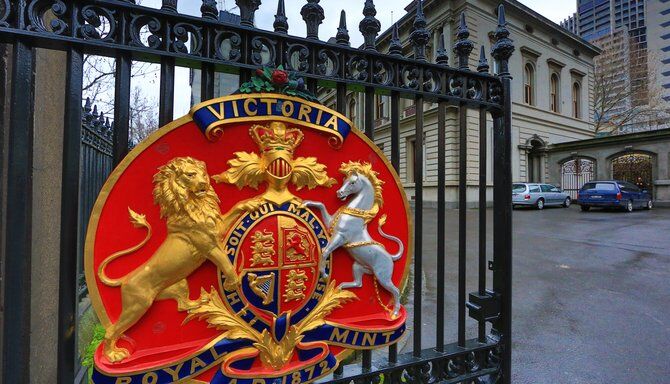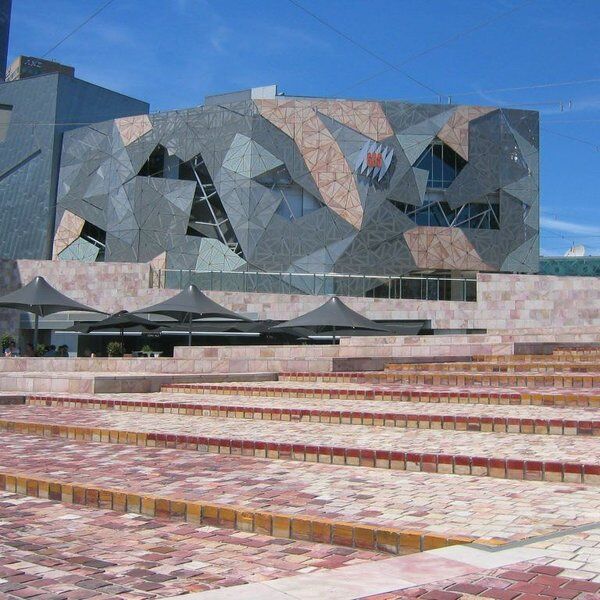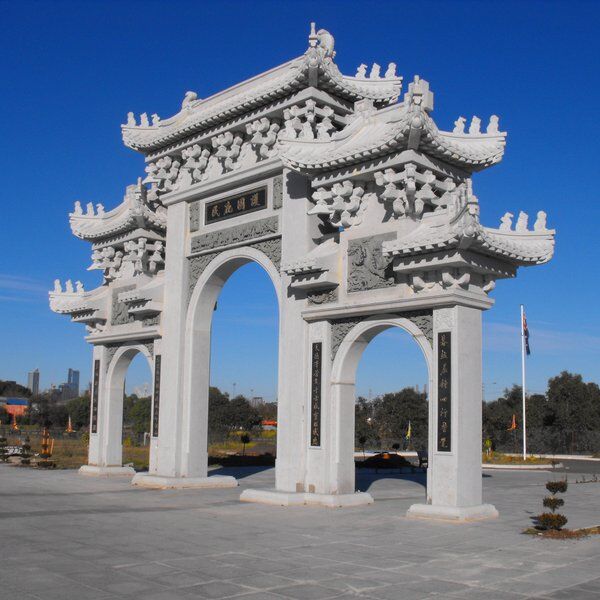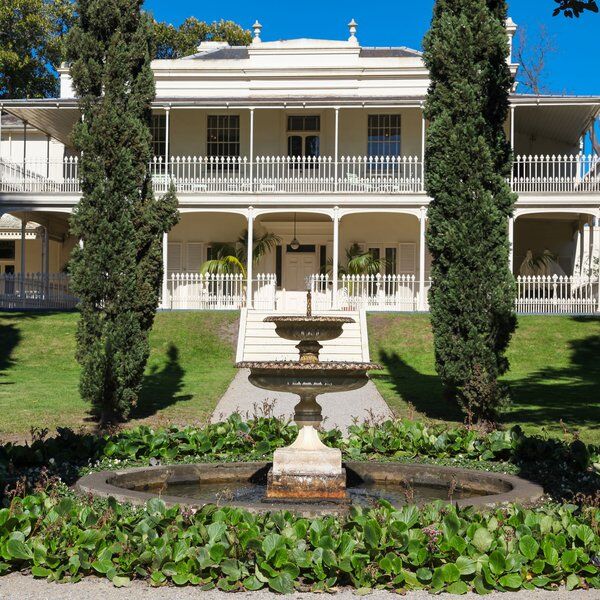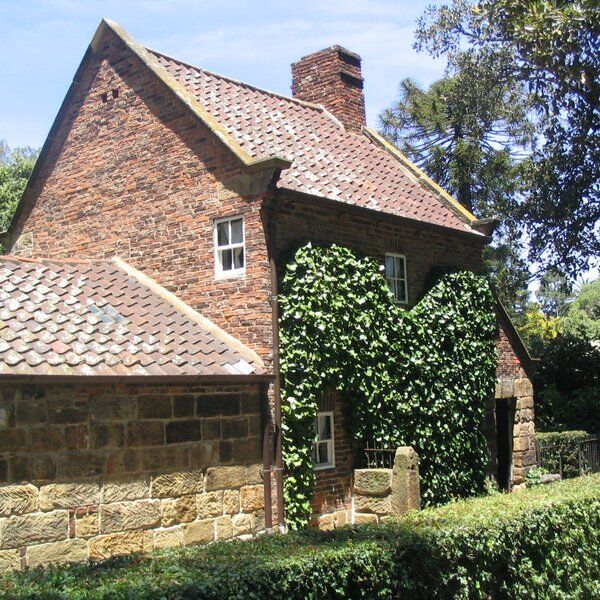Discover Melbourne's Hellenic Museum
Located in a city renowned for hosting one of the world's largest Greek diaspora communities, the Hellenic Museum has a clear mission: to inspire a deep passion for Hellenic culture. The museum emphasises the profound impact of Greek heritage, presenting it in a way that resonates with both Greek and non-Greek audiences. Housed in the Former Royal Mint building at the corner of La Trobe and William Streets, the Hellenic Museum is easily accessible, situated opposite Flagstaff station and along several tram lines. Working Heritage Victoria, supports the conservation of 16 heritage landmarks across Victoria, including the Former Royal Mint.
Visitors to the Hellenic Museum are invited to experience 8,000 years of Hellenic history, art, and culture. Through exhibitions, workshops, lectures, music, and theatre performances, the museum highlights Greece’s importance throughout history. It also shows that you do not need to be a museum filled with artefacts to promote understanding of an entire culture of people.
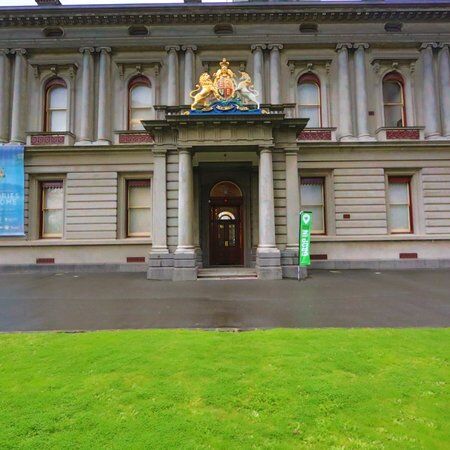
The History of the Hellenic Museum
The Gold Rush Era
The discovery of gold in Victoria in the mid-19th century caused a growth in population and economic activity, which necessitated the establishment of a local mint. In 1867, the Victorian Parliament passed an Act, allocating £20,000 annually for the mint's operation, leading to the construction and eventual opening of the Melbourne Mint in 1872.
The Former Royal Melbourne Mint
Constructed between 1869 and 1872 by contractors William Murray & Company of Emerald Hill and Martin and Peacock of West Melbourne, the Royal Melbourne Mint was designed by the architect John James Clark. Clark was known for his work on the Old Treasury Building, Customs House, and Melbourne City Baths. In his plans for the Royal Mint he used Renaissance Revival elements and it became a rare example of this architectural style in Australia.
Upon opening, the Melbourne Mint complex included a three-story production building, a two-story administrative and residential building, two gatehouses, and perimeter walls. The production building, designed in a horseshoe shape, housed various departments such as the coining hall, engine house, boilers, smith shop, assaying department, and the melting house and refinery.
For a while the building functioned as the administrative centre of the Mint while also providing living quarters for the Deputy Master, his family, and their domestic servants. The remaining parts of the original complex, including the main administrative building and the gatehouses on either side, offer a glimpse into the grandeur and operational intricacies of the Mint.
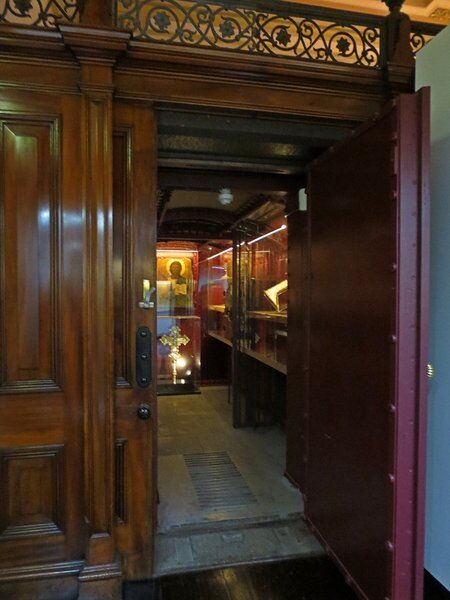
British Influence and Colonial Operations
As a branch of the British Royal Mint, the Royal Melbourne Mint operated under strict British control. Employees were British civil servants, and the coins minted followed the regulations of the Royal Mint in London. Despite this, the Victorian Government bore the financial burden of constructing and maintaining the mint.
The Mint in the 20th and 21st Centuries
Following the establishment of the Commonwealth of Australia, the Melbourne Mint began producing Australian coinage. In 1916, the first silver coin was issued, followed by the first copper pence in 1919. The Melbourne Mint remained the primary producer of Australian coins until the opening of the Commonwealth Mint in Canberra in 1967. The Melbourne Mint ceased operations in 1968, and the production building was demolished in 1972, leaving only the administrative building and gatehouses intact.
Transition to the Hellenic Museum
In 1971, the administrative building became the Registry of Civil Marriages, and in 1988, it housed the Royal Historical Society of Victoria. In the early 2000s, TEAC, a digital media company, occupied the building and carried out renovations, which set the stage for its current role.
The Hellenic Museum in Melbourne was founded in 2007 by Spiros Stamoulis and dedicated to his daughter, Nafsika Stamoulis. Emigrating from Greece to Australia at the age of 12 in the 1950s, Spiros built a successful business empire which enabled him to give back to the city that embraced him and his family. His vision for the museum was to create an institution concentrated on the culture of ancient and modern Greece. Today, the museum's mission continues under the management of Spiros’ son, Harry Stamoulis.
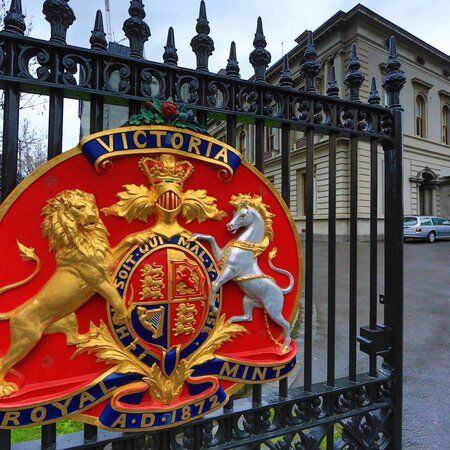
Exploring the Hellenic Museum in Melbourne
Permanent Collections and Exhibitions
The Hellenic Museum is home to several permanent collections that showcase the depth and diversity of Greek history and culture.
Oneiroi by Bill Henson
One of the major exhibits at the museum is Oneiroi, a classical yet modern, photographic series by Australian photographer Bill Henson, which has an ethereal quality.
The Mary and Peter Mitrakas' Collection of Cypriot Antiquities
This collection offers a fascinating glimpse into the ancient history of Cyprus, with artefacts dating back to different eras of Cypriot history.
Ancient Greek Statues
Thanks to a generous partnership with the Hellenic Ministry of Culture and the Greek National Archaeological Museum, the Hellenic Museum houses an impressive collection of cast ancient Greek statues.
Koumountatakis Family Collection
The Koumountatakis Family collection features pottery from Magna Grecia and Roman marbles.

Byzantine Icons
The museum's range of Byzantine icons offers a deep dive into the religious and artistic traditions of the Byzantine era. These icons are not only significant religious artefacts but also masterpieces of mediaeval art.
Partnership with the Benaki Museum
In 2013, the Hellenic Museum entered into a significant partnership with the Benaki Museum in Greece. This collaboration brought a semi-permanent collection of Greek antiquities to Melbourne, starting in 2014.
Workshops and Guided Tours
Workshops at the Hellenic Museum provide a hands-on approach to learning about Greek history and culture. Visitors can handle historical artefacts, engage in interactive activities, and or even take a guided tour.
Argonauts Kids Club
This club is designed to spark the imagination and curiosity of children, providing them with opportunities to create their own battle helmets and conduct interesting experiments.
Hiring the Venue
The Hellenic Museum is also a venue for events, whether they’re corporate, private, or simply a special celebration, offering a unique space in the heart of Melbourne's CBD.

Discover More about Melbourne with CityDays
Ready to discover more of what Melbourne has to offer?
CityDays have two treasure and scavenger hunts in Melbourne to choose from, both of which combine the fun of an escape room with the historic facts and whimsical trivia of a walking tour!
For those interested in exploring Melbourne’s Gold Rush history, check out our Frozen Idols, Shifting Walls route. If you want to unravel the mysteries of St Kilda, take a look at Chameleon Lives.
Take the stress out of planning your visit to Melbourne and book your adventure today!
Not visiting Melbourne this time? Don’t worry, you’ll find us all over the world.
